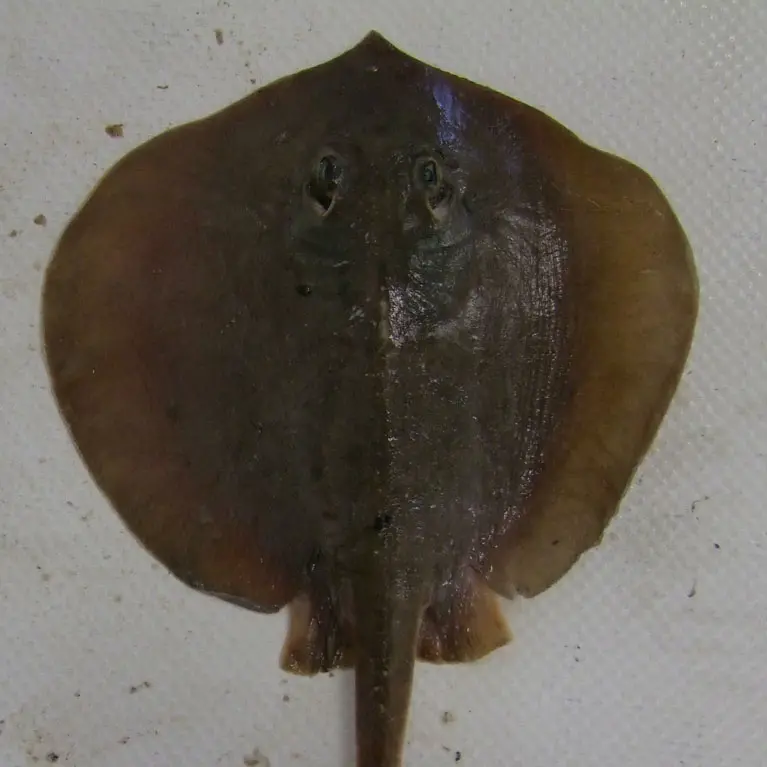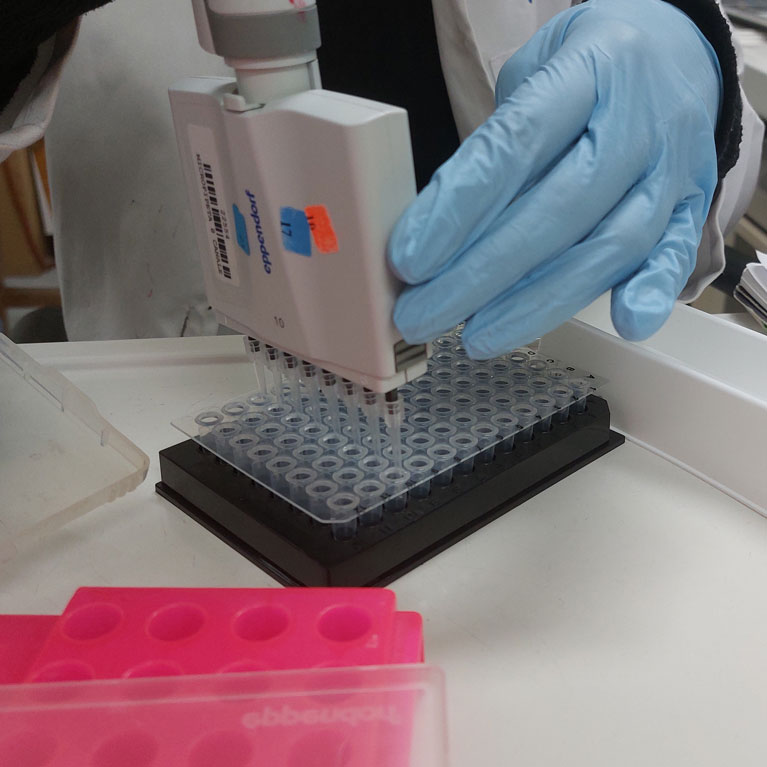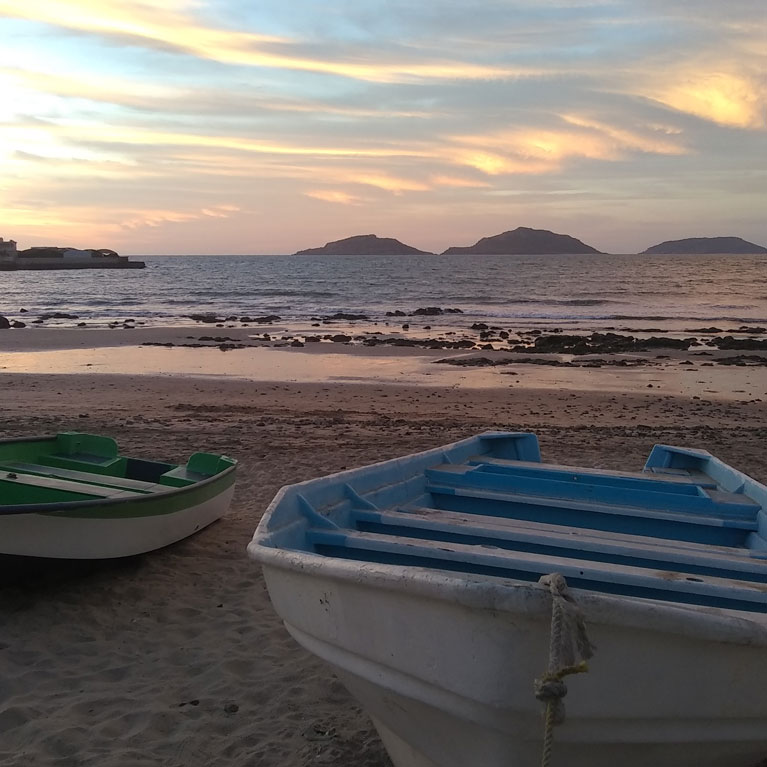Going round in circles: clarifying the distribution of round stingrays in the Mexican Pacific
Six species of round stingray have been reported for the Mexican Pacific, but in the past they were incorrectly identified. This is a confusing group and scientists differ in their estimates of diversity for the Urotrygon genus (known as round stingrays). Ana will be combining traditional methods (looking at coloration, patterns and body measurements) with genetic research to help determine which round stingrays live where in the subtropical and tropical Mexican Pacific Ocean. Classified as either Near Threatened or Vulnerable on the IUCN Red List, all these species are an important food source for coastal communities with low economic means.
I became acquainted with the sea when I was 15 years old. When I dived in and found a world full of colour and life in the ocean, I knew at once that I wanted to spend my life in it. It was amazing. From that moment I began to look for information and read everything about it. I graduated in marine biology and worked in elasmobranch fisheries on Colombia’s Caribbean coast for my Bachelor’s thesis. Then, for my Master’s, I chose the course in molecular ecology, even though it was considered terrifying. I loved it. Since then...



DNA Barcoding to determine the distribution of the genus Urotrygon in the Mexican Pacific.
My aim is to determine the distribution of each round stingray species Urotrygon spp. in the tropical and subtropical regions of Mexico’s Pacific coast. To do this, each organism will be identified based on traditional diagnostic morphological characteristics and molecular markers of the genome.
Due to the similar morphology among the round stingray species, in the past they have been misidentified and the few attempts to conserve them have been based on wrong data. It is very important to identify organisms to the species level because each species has a specific life history. Round stingrays are caught for human consumption in small towns along Mexico’s Pacific coastline. Members of this fish group are categorised as Near Threatened or Vulnerable on the IUCN’s Red List of Threatened Species.
Scientists do not agree on the number of species of round stingray that inhabit the world. For a number of reasons, the taxonomy of the genus Urotygon is complex, confusing and inadequate. Firstly, different species are morphologically fairly similar. Secondly, the same species can show morphological variations within its distribution range. Thirdly, juveniles and adults are different, as are females and males. And finally, species descriptions are not sufficiently detailed.
The species U. asterias, U. munda, U. cimar, U. rogersi, U. chilensis and U. aspidura have been reported along Mexico’s Pacific coast, most of them in the tropical and subtropical regions. They are found more frequently in shallow water, not beyond a depth of 100 metres (328 feet), and show a preference for muddy and sandy environments such as bays. Ehemann (2021) revealed that the widely distributed species U. chilensis, which occurs from northern Mexico to Chile, is not only one species, but is easily confused with other round stingray species in the same area. Ehemann suggests it is likely that U. aspidura is found along the North American coast and U. chilensisfrom Mexico south. However, our analyses of several genes show that there could be another species very similar to the one named by Ehemann as U. aspidura. His research and ours are based on mitochondrial genes. We need more resolution in the molecular markers to delimit these species and are working with SNP (single-nucleotide polymorphism) molecular markers to address this problem. Round stingrays are not commercially important, but a significant number are taken as bycatch in shrimp and other elasmobranch fisheries and they sustain low-income families in coastal towns.
- Identify round stingrays to species level by means of traditional morphological characteristics such as measurements and coloration patterns.
- Identify the species of individuals by SNP molecular markers localised along the genome.
- Determine the distribution for each species in the tropical and subtropical regions of Mexico’s Pacific coast.

